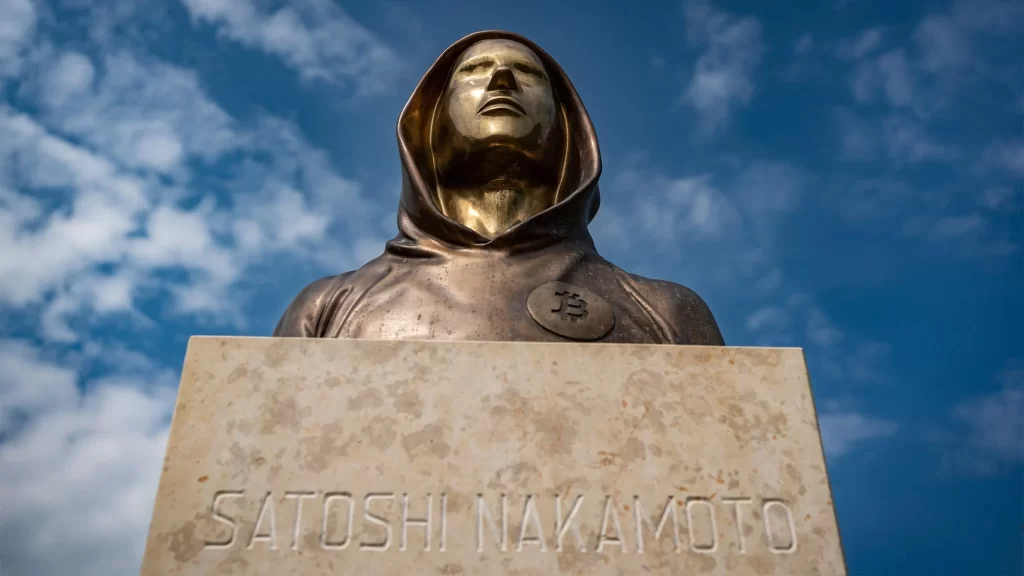On April 23, 2011, the enigmatic founder of Bitcoin, known only as Satoshi Nakamoto, sent what would become their final email to the Bitcoin development community, closing a chapter in the cryptocurrency’s early history. This message, delivered to a small group of developers who had been working closely with Nakamoto, marked the end of direct communication from the pseudonymous figure who had birthed Bitcoin just over two years earlier. In the email, Nakamoto wrote that they had “moved on to other things,” signaling their intent to step away from the project they had nurtured from a whitepaper into a functioning network. On this day, the creator of a technology that would reshape finance and technology slipped into silence, leaving behind a legacy shrouded in mystery.
The events of April 23, 2011, unfolded quietly within the tight-knit circle of Bitcoin’s earliest contributors. Nakamoto’s email was addressed to key figures like Gavin Andresen, who had emerged as a lead developer, and Mike Hearn, another active collaborator. The message was concise but loaded with implication. Nakamoto expressed confidence in the project’s progress, noting that Bitcoin was in “good hands” with Andresen and the growing team of coders. The email lacked fanfare—no grand farewell or detailed explanation—just a matter-of-fact statement that their focus had shifted elsewhere. For the developers who received it, the day felt like the end of an era, though none could have predicted how final this departure would be.
On that Saturday, the Bitcoin network itself hummed along as usual, oblivious to the significance of Nakamoto’s exit. The blockchain, now over two years old, had roughly 135,000 blocks mined, and Bitcoin’s price hovered around $1, a modest but growing value that reflected its niche adoption among tech enthusiasts and libertarians. Across forums like BitcoinTalk, the community remained active, debating technical upgrades and sharing mining tips, unaware that the project’s founder had just penned their last words to its stewards. Meanwhile, in private IRC channels and email threads, developers grappled with the news. Andresen, who had been named Nakamoto’s successor of sorts, later recalled the moment with a mix of surprise and acceptance, knowing the pseudonymous creator had always valued anonymity.
The content of Nakamoto’s April 23 email sparked immediate curiosity among those in the know. “I’ve moved on to other things” was a cryptic line—deliberately vague, yet tantalizing. What “other things” could the mind behind Bitcoin be pursuing? Some speculated Nakamoto was working on a new project, perhaps another cryptographic innovation, while others wondered if they were simply retreating from the spotlight as Bitcoin gained traction. The email also included a practical handoff: Nakamoto entrusted Andresen with the keys to the Bitcoin alert system, a mechanism for broadcasting critical updates to the network. By day’s end, the developers were left to process the departure, exchanging thoughts on how to carry the torch forward without their elusive guide.
For the Bitcoin community, April 23, 2011, passed without public fanfare—Nakamoto’s exit wasn’t widely announced until later reflections by Andresen and others brought it to light. But in hindsight, the day looms large as a turning point. Nakamoto’s final message underscored Bitcoin’s decentralized ethos: even its creator deemed their presence unnecessary for its survival. On that day, the project stood at a crossroads, with fewer than 5,000 nodes securing the network and a market cap under $10 million, yet it was poised to grow beyond anyone’s control—not even Nakamoto’s. The email’s simplicity belied its weight: a quiet goodbye from a figure who had sparked a revolution, leaving Bitcoin to chart its own course into an uncertain future.
